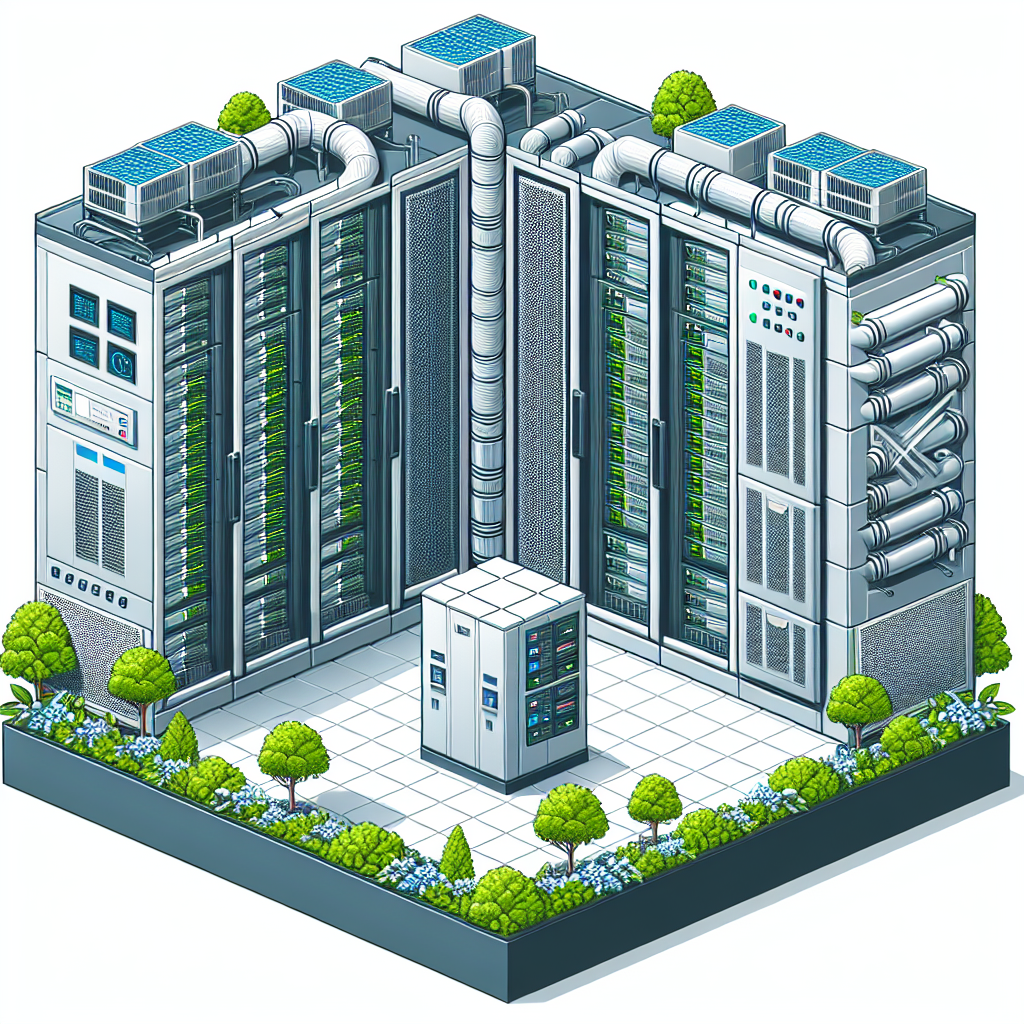In today’s digital age, data centers are essential for storing and processing vast amounts of information. However, these facilities also consume a significant amount of energy to keep servers running smoothly. One of the biggest expenses for data center operators is the cost of cooling the facility, as servers generate a substantial amount of heat during operation. In order to reduce HVAC costs and maximize energy efficiency, data center managers must implement best practices for managing cooling systems.
One of the first steps in reducing HVAC costs is to conduct a thorough audit of the data center’s cooling system. This includes assessing the layout of the facility, the placement of servers and cooling units, and the overall airflow within the space. By identifying any inefficiencies or areas where cooling is being wasted, managers can make targeted improvements to the system.
Another best practice for managing data center HVAC costs is to invest in energy-efficient cooling equipment. This includes modern cooling units that are designed to operate more efficiently and consume less energy. By upgrading to newer equipment, data center operators can significantly reduce their energy consumption and lower their overall cooling costs.
Proper airflow management is also crucial for reducing HVAC costs in a data center. By ensuring that cold air is directed towards servers and hot air is efficiently removed from the facility, managers can optimize the cooling system and prevent overheating. This may involve installing containment systems, such as hot aisle/cold aisle configurations, to better control airflow and prevent hot and cold air from mixing.
Regular maintenance and monitoring of the cooling system is another important best practice for managing data center HVAC costs. By conducting routine inspections, cleaning filters, and checking for any leaks or malfunctions, managers can ensure that the cooling system is operating at peak efficiency. Additionally, implementing temperature and humidity sensors can help data center operators track and adjust cooling levels as needed, further reducing energy consumption.
In conclusion, managing data center HVAC costs requires a proactive approach and a commitment to energy efficiency. By conducting audits, investing in energy-efficient equipment, optimizing airflow, and performing regular maintenance, data center operators can significantly reduce their cooling costs and improve overall energy efficiency. By implementing these best practices, data center managers can achieve cost savings while still maintaining optimal operating conditions for their servers.


Leave a Reply